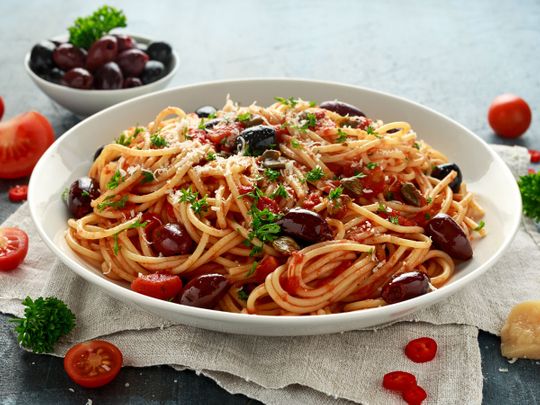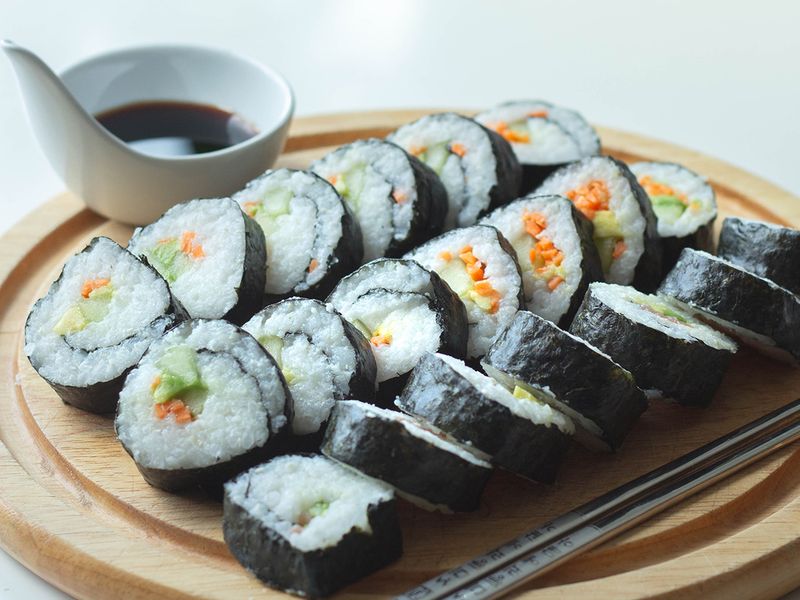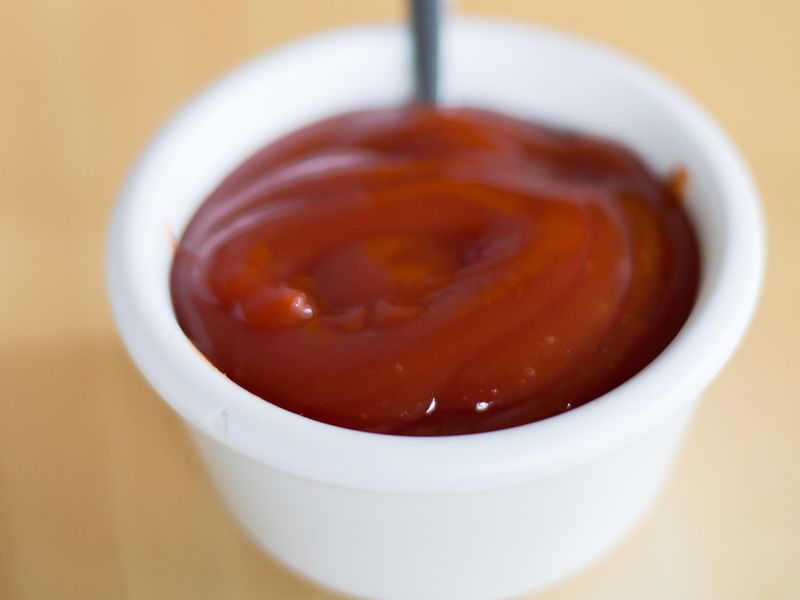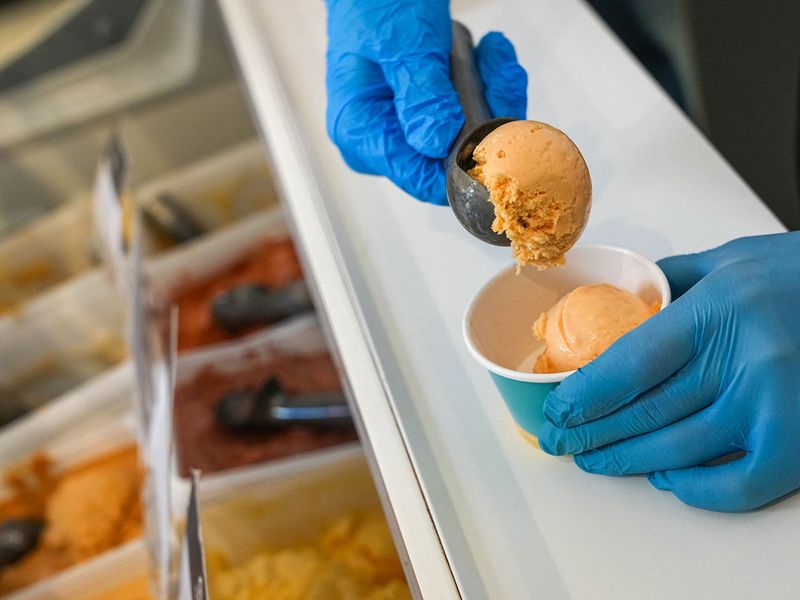
Chances are, you’re holding a smartphone or wearing sneakers that were made in China.
Click start to play today’s Crossword, where you can find a hidden ‘Chinese’ clue. Visit Gulf News’ Food section for everything to do with food, recipes, and more.
Today, China is a manufacturing superpower, but it has long been a pioneer of ground-breaking inventions and discoveries, from paper and the compass to gunpowder and tea. Perhaps most surprising, however, is the fact that the Chinese are responsible for some of the delicious food you’re eating. Here are a few dishes and snacks that wouldn’t exist without them:
1. Sushi

While Japan is the sushi capital of the world, this beloved dish traces its origins to the rice fields of China, where farmers regularly enjoyed something called narezushi – fermented rice and salted fish. Originating in the second century BC, narezushi became the preferred meal for the masses, because it was practical and long-lasting. People would preserve fish by salting it heavily to prevent the growth of bacteria. They would then wrap it in cooked rice and let it ferment for up to a year before eating it – no refrigeration required. The dish then spread to Japan in the eighth century, and the rest is history.
2. Pasta
There has been much debate over the years, about whether pasta originated from Italy, China, or the Middle East. But most historians believe that the oldest evidence of spaghetti-like pasta comes from China. According to an October 2015 report in the National Geographic, a 4,000-year-old bowl of noodles was unearthed at the Lajia archaeological site, and analysis revealed that the long, thin, yellow noodles were made from two kinds of millet, which generally tend to have a hardier texture than wheat.
3. Ketchup

This condiment can be found in practically every restaurant and fast-food eatery today, but did you know it originated as a fermented fish sauce in China? The word ‘ketchup’ is an Anglicized form of ‘ke-tsiap’, which is an old Hokkien word for fish sauce. When European traders started visiting China in the 17th century, they took a liking to this sauce, which was made by salting and fermenting anchovies. The English brought it back to England and began experimenting with it by adding other umami-rich ingredients, like mushrooms, walnuts, and oysters. By the late 19th century, tomato-based ketchup emerged as the public favourite, and became an integral part of British and American pantry cabinets.
4. Ice cream

Over 4,000 years ago, Chinese farmers began milking their farm animals. In its early days, dairy was a rare resource, and quickly became a favourite among the nobility. Their favourite way to consume it was through a soft paste of overcooked rice, spices, and milk – an ancient version of rice pudding. But in the summer, this treat was too hot for people to consume. The nobility didn’t want to stop eating their milk pudding, so they came up with a solution. They began importing snow from the mountains and packed it around the soft paste to freeze it. The resulting ‘milk ice’ was an instant hit in the summertime, and because of the difficulty of transporting snow in the hot weather, it was seen as a symbol of great wealth.
Did you know about the origins of these dishes and desserts? Play today’s Spell It and tell us at games@gulfnews.com.



